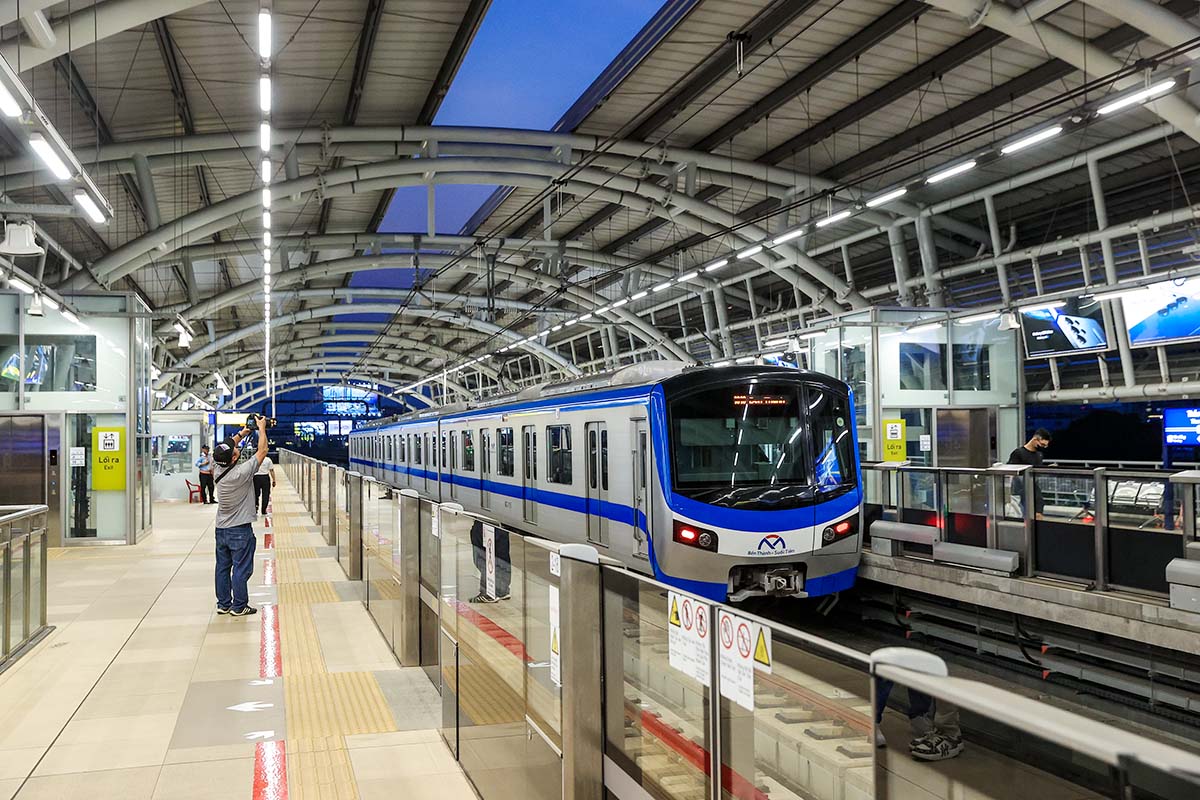 |
| Metro Line No. 1 Ben Thanh - Suoi Tien in Ho Chi Minh City has been in operation since the end of 2024. Photo: Duc Thanh |
Railway "Contract 10"
“We are urgently receiving and explaining the Ministry of Justice 's appraisal opinions on the Draft Resolution of the National Assembly to pilot a number of specific and special mechanisms and policies to invest in developing the railway system so that we can submit it to the Government this week,” said a leader of the Ministry of Construction.
Currently, the work of completing the Draft Resolution dossier is considered "Contract 10" in the field of developing railway infrastructure systems - a type of transport that plays a key role in socio -economic development, connecting regions and promoting international integration, and is reaching its final stage.
In Official Dispatch No. 3034/BXD-PC sent to relevant agencies and units in the middle of this week, the Ministry of Construction requested the Legal Department to explain and clarify the inherited contents; the amended and supplemented contents compared to the mechanisms and policies in the resolutions on railways approved by the National Assembly. The Department of Planning and Finance was assigned to review policies on mobilizing and allocating investment capital; coordinate with the Vietnam Railway Authority to research and develop policies on mobilizing investment from the private sector, investing under the public-private partnership (PPP) method.
In particular, the Vietnam Railway Authority is assigned to study the institutionalization of Resolution No. 68-NQ/TW of the Politburo on private economic development to develop policies to mobilize investment from the private sector, investment under the PPP method for railway projects; review and clarify the compatibility of policies on industrial development and technology transfer in the Draft Resolution with international treaties to which Vietnam is a member.
Previously, at the end of April 2025, the Ministry of Construction sent an official dispatch requesting the Ministry of Justice to organize the appraisal of the Draft Resolution of the National Assembly to pilot a number of specific and special mechanisms and policies to invest in developing the railway system according to the simplified procedures and order prescribed in Articles 50 and 51 of the Law on Promulgation of Legal Documents (2025).
According to Mr. Nguyen Danh Huy, Deputy Minister of Construction, the practice of investment in construction of national railway and urban railway projects in recent times has shown that there are still many difficulties and problems focusing on key issues such as: resource mobilization; investment procedures and processes; planning implementation; site clearance; human resource training, technology transfer, railway industry development, etc.
In order to fundamentally resolve the above difficulties and obstacles, the Government has submitted and the National Assembly has issued two resolutions on the investment policy for the high-speed railway on the North-South axis and the Lao Cai-Hanoi-Hai Phong railway; a resolution on piloting a number of specific and special mechanisms and policies to develop the urban railway network system in Hanoi and Ho Chi Minh City.
In addition, to accelerate the implementation of planned railway projects (Hanoi - Dong Dang, Hai Phong - Ha Long - Mong Cai, Ho Chi Minh City - Can Tho, Bien Hoa - Vung Tau, Thu Thiem - Long Thanh, Suoi Tien - Thu Dau Mot...), there must be specific, special, and outstanding mechanisms and policies similar to the mechanisms and policies that have been allowed by the National Assembly to be applied to railway projects.
Recently, the Ministry of Construction was assigned by the competent authority to research and develop a project on specific and special mechanisms and policies to invest in the construction of two railway lines Hanoi - Dong Dang and Hai Phong - Ha Long - Mong Cai.
Investment in the construction of new railway lines is assessed by competent authorities as difficult, with some projects identified as unprecedented, and the Government has been assigned to continue proposing adjustments and additions to specific and special mechanisms and policies.
In practice, the implementation of projects in recent times has encountered a number of problems that require continued improvement of these mechanisms and policies in order to achieve the required goals and progress.
“From the above political, legal and practical basis, the development and promulgation of specific and special mechanisms and policies for general application to investment in the construction of railway projects is very necessary and urgent to remove institutional bottlenecks and realize the investment goal of completing the national and urban railway networks according to the plan,” said the leader of the Ministry of Construction.
 |
Special mechanism for resource mobilization
According to the Ministry of Construction's calculations, the estimated budget for implementing the National Assembly's Resolution on piloting a number of specific mechanisms and policies to invest in developing the railway system is up to VND5,504,893 billion. Of which, the budget for investing and implementing national railway projects is about VND2,257,041 billion; the budget for investing and implementing projects in the urban railway system in Hanoi and Ho Chi Minh City is estimated at VND3,247,852 billion.
This is also the reason why the agency in charge of drafting the Resolution pays special attention to resource mobilization and capital allocation.
Specifically, the Draft Resolution stipulates that the Prime Minister is assigned to decide on the use of diverse capital sources such as issuing government bonds, official development assistance capital, foreign preferential loans, increased revenue and expenditure savings, etc. for investment in developing railway projects.
The draft also stipulates the development of land exploitation and added value from land in the vicinity of national railway stations, and urban development in the direction of public transport (TOD) for urban railways to create additional investment capital for railway development.
At the same time, the Draft also has provisions to simplify procedures when using foreign preferential loans, procedures related to planning adjustments when developing urban areas according to the TOD model. In urban development areas according to the TOD model, the Provincial People's Committee is allowed to decide on technical indicators and land use indicators to optimize land use efficiency.
Regarding the development, exploitation of land funds and added value from land in the vicinity of national railway stations, the provincial People's Committee will decide on economic-technical indicators and land use planning indicators different from those prescribed in national technical standards on urban and rural planning, but must ensure compliance with technical infrastructure and social infrastructure systems; and adjust the function of land use in the vicinity of railway stations to exploit land funds and added value from land.
Regarding the amount of money collected from exploiting land funds in the vicinity of railway stations, after deducting related expenses as prescribed by law, the provincial-level locality is allowed to retain 50% and pay 50% to the central budget to balance the state budget for investment in the project.
Regarding industrial development and technology transfer, the Draft Resolution proposes to allow the Government to regulate the assignment of tasks, placing orders and criteria for selecting organizations and enterprises assigned with tasks and placing orders for the provision of railway industrial goods and services; research, application and acceptance of technology transfer.
The general contractor and contractors must give priority to using products, goods and services that can be produced and supplied domestically. For bid packages organized for international bidding, the general contractor and contractors must commit to transferring technology and training human resources for Vietnamese partners to master management, operation and maintenance.
Regarding the possibility of construction enterprises participating in railway infrastructure projects, including the North-South High-Speed Railway Project, Mr. Nguyen Quang Huy, General Director of Deo Ca Transport Infrastructure Investment Joint Stock Company, said that with the current level, some large domestic contractors can undertake the infrastructure construction as independent contractors or main contractors in a consortium with foreign enterprises.
It is known that recently, some domestic contractors have organized delegations to study the practical training process of the railway and metro industries in advanced countries such as France, the US, China, Japan... in order to "import" programs and experts.
“Despite high requirements for geometry, curve radius and accuracy, Deo Ca Transport Infrastructure Investment Joint Stock Company believes that domestic contractors will do a good job of constructing bridges and tunnels for the high-speed railway and urban railway,” Mr. Nguyen Quang Huy affirmed.
Source: https://baodautu.vn/don-co-che-dac-thu-dac-biet-cho-dau-tu-duong-sat-d280534.html


![[PHOTO] Hanoi fences off demolition of "Shark Jaws" building](https://vphoto.vietnam.vn/thumb/1200x675/vietnam/resource/IMAGE/2025/5/25/1b42fe53b9574eb88f9eafd9642b5b45)
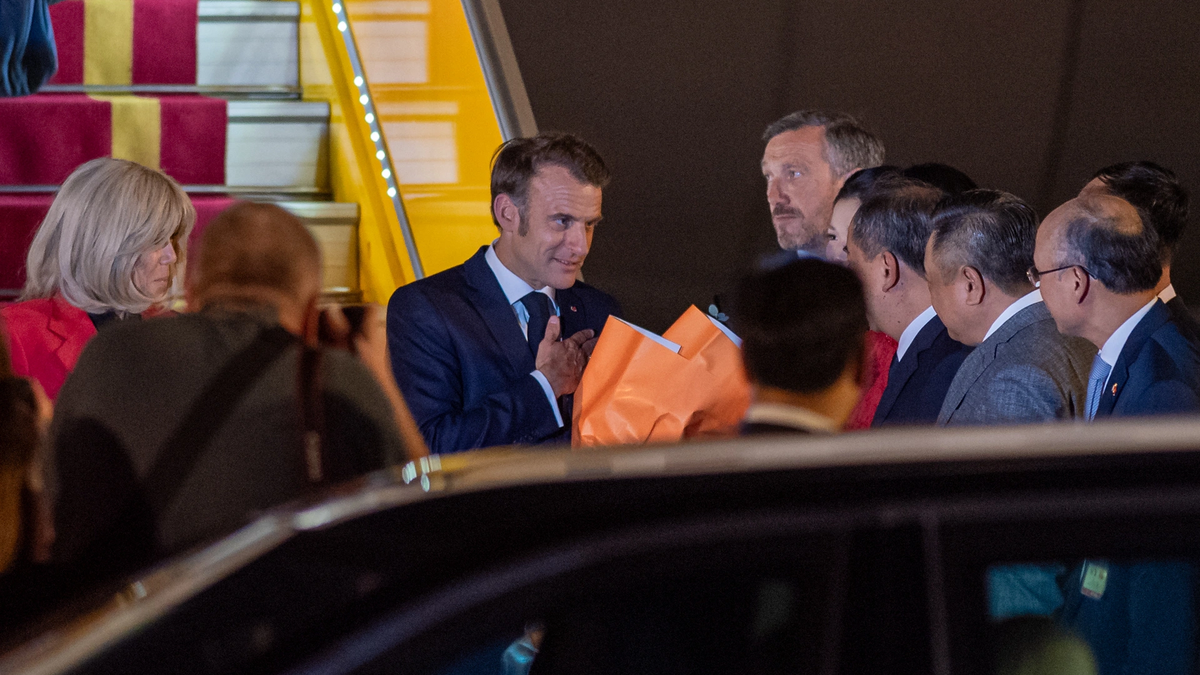
![[Photo] French President Emmanuel Macron and his wife begin state visit to Vietnam](https://vphoto.vietnam.vn/thumb/1200x675/vietnam/resource/IMAGE/2025/5/25/03b59c7613144a35ba0f241ded642a59)
![[Photo] Welcoming ceremony for Prime Minister Pham Minh Chinh and his wife on an official visit to Malaysia](https://vphoto.vietnam.vn/thumb/1200x675/vietnam/resource/IMAGE/2025/5/25/dc30203c3ae24da3990266ec3b29bb2d)
![[Photo] Ea Yieng commune settlement project abandoned](https://vphoto.vietnam.vn/thumb/1200x675/vietnam/resource/IMAGE/2025/5/25/57a8177361c24ee9885b5de1b9990b0e)
![[Photo] Funeral of former President Tran Duc Luong in Quang Ngai](https://vphoto.vietnam.vn/thumb/1200x675/vietnam/resource/IMAGE/2025/5/25/ccf19a3d8ea7450bb9afe81731b80995)




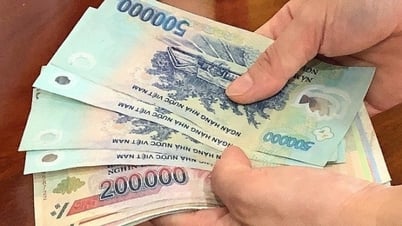












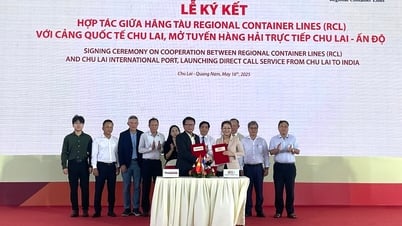































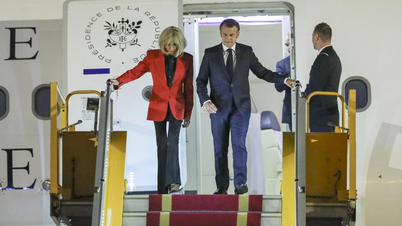
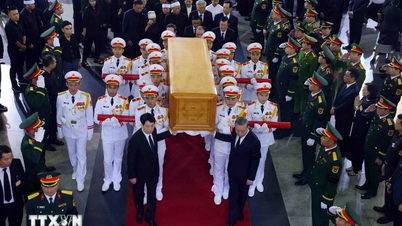
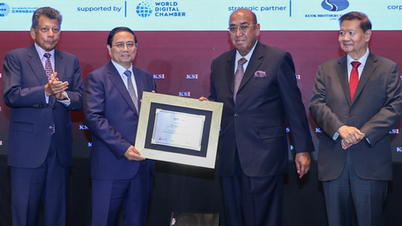

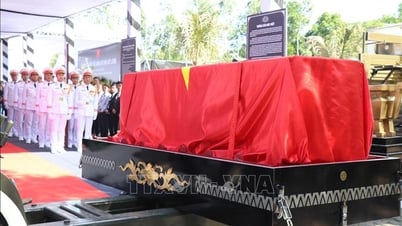









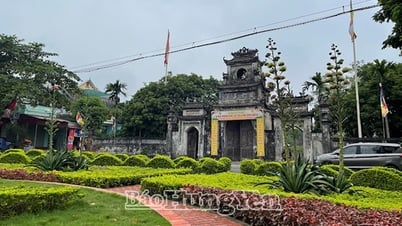



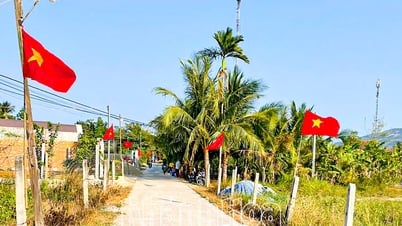


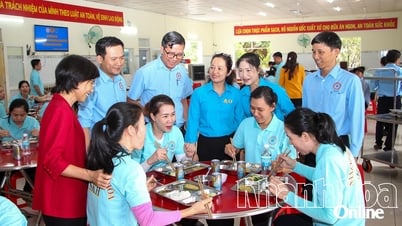













Comment (0)